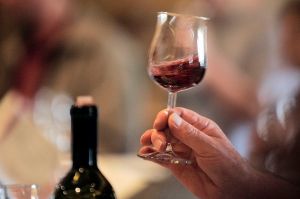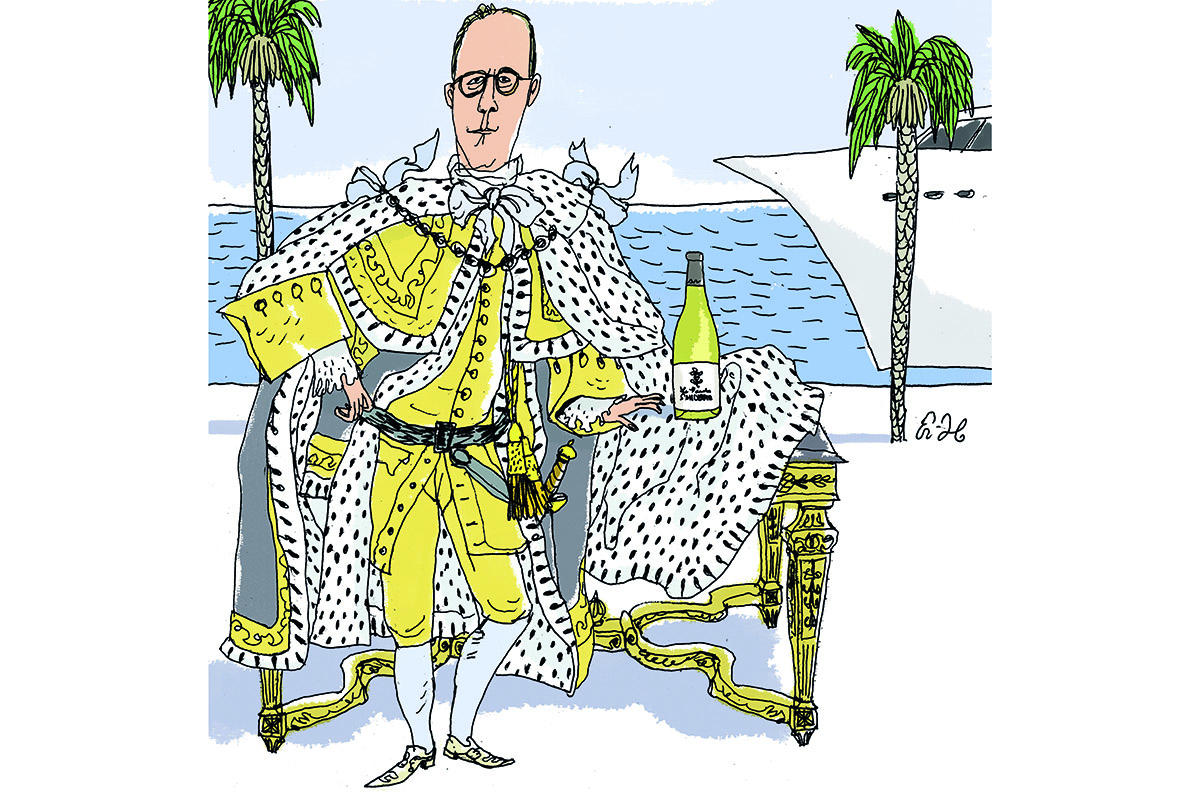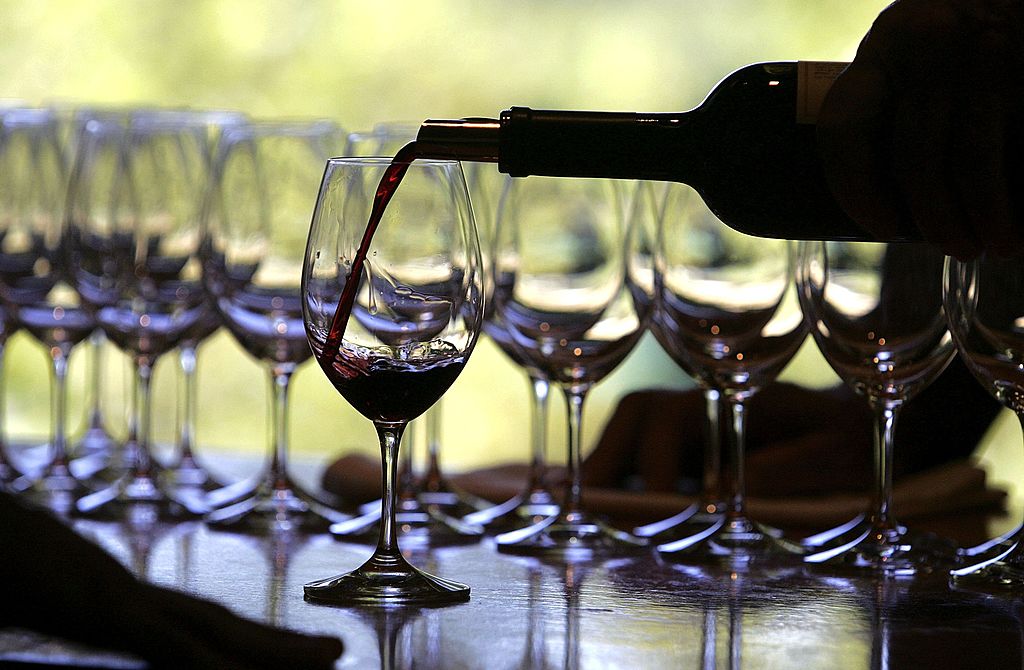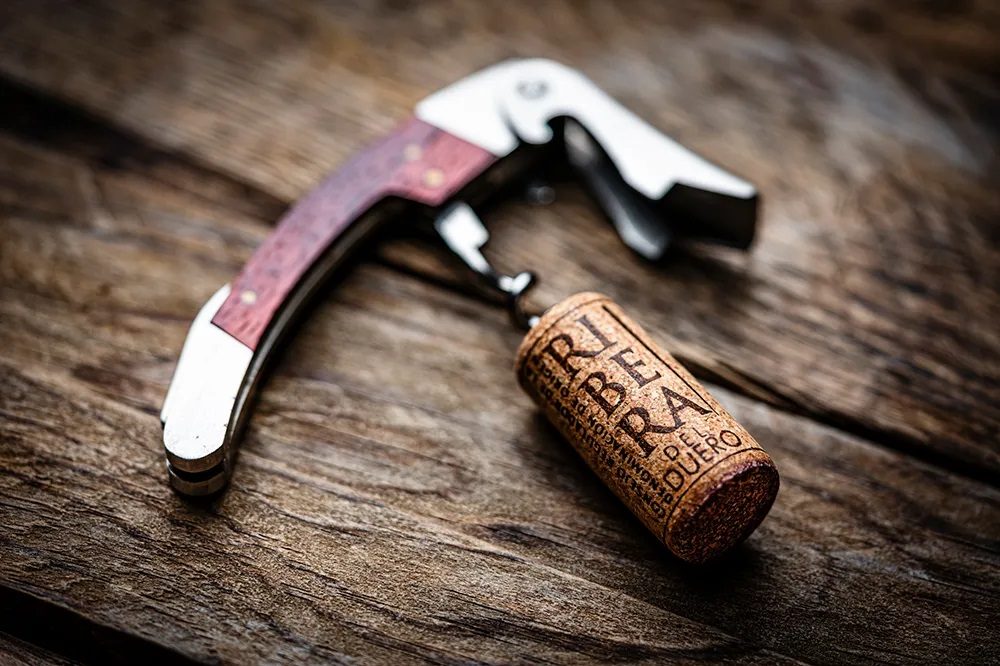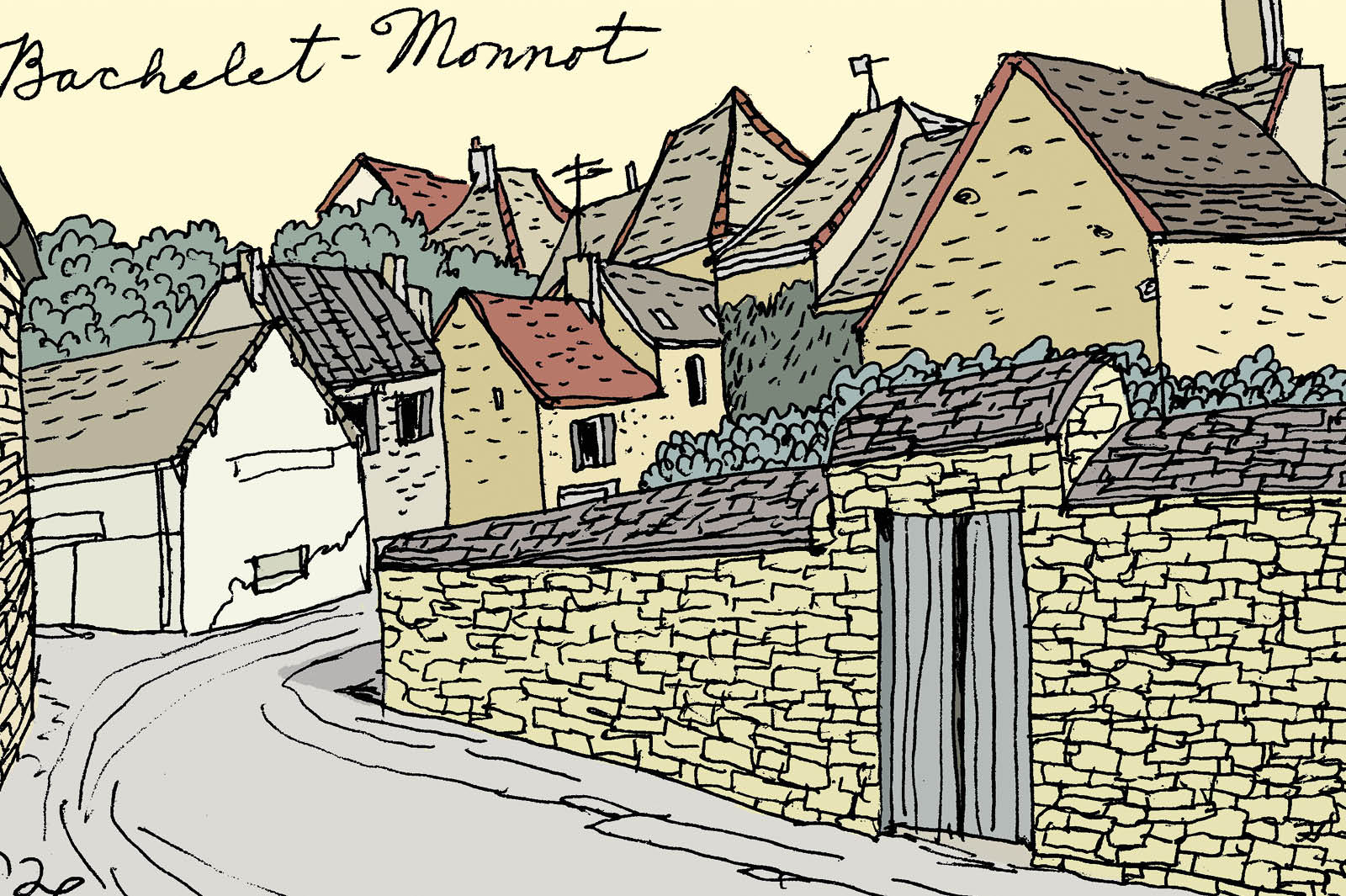To every thing, saith the Sage of Ecclesiastes (and Pete Seeger), there is a season. There is a time for white tie and tails, footwear by Lobb, and the impeccably tailored business suit or long satin frock with appurtenances from Tiffany.
There is also a time for lounging about in loose-fitting cotton trousers and boat shoes. You have on your artfully battered panama hat and sunglasses, and that book you are reading, while full of pictures and conversations, as Alice would have demanded, boasts charm, not charts or spreadsheets. Its story will not be on the test.
It’s the same with wine. There is a time for the exquisite Montrachet or Cheval Blanc, the Bollinger RD, Krug, or Dom Pérignon. There is also a time, let’s be frank, for the wine in sunhat and sandals, the wine that inspires conversation not reverence, that is open, easy and accessible. And since we’re being frank, let’s acknowledge also that this wine is a cheap date. It is as easy on the wallet as it is on your palate. Writing now in the dog days of August, I want to introduce you a few of these chummy, flirtatious potations.
Naturally, I am going to take you back to Beaujolais. We’ve been there before, but not in this open jeep with these smiling, unshaven friends. This is first stop is at Domaine Jean-Batiste Duperray in among the thirty-eight communes of Beaujolais-Villages dotting the banks of the Saône. Out on the picnic table is a liter bottle of 2020 Glou Glou — French for “glug your jokes glug,” an onomatopoetic expression that works well in both languages. It means: relax, fill your glass, this large bottle of wine is only about $30 and you don’t have to be anywhere for hours. Enjoy its approachable tree-fruitiness, the clear, undemanding little squeeze it bestows upon your arm and tastebuds. This is a wine that will laugh at your jokes, won’t remind you that you already told that one yesterday, and takes everything down a notch. It also has nice pictures of pigeons on its label.
We’re not done with Beaujolais. Our next stop is very nearby, the Marine Descombe Beaujolais-Villages from Mary Taylor, a winemaker whose motto — “Think Outside the Grape” — takes us past the usual concern with varietals to terroir. Her Brouilly-style wine is 100 percent Gamay, but she wants you to forget that and concentrate on the distinctive dark-fruit notes her wines offer. 2020 was hot and sunny in Beaujolais, with limited precipitation, and this wine was harvested early, beginning on August 22. The vintage, too, is a little hot, clocking in at 14 percent alcohol. It’s a little more tight-laced than glou glou, perhaps, but at some $20 for a 750ml bottle you have to respect the care with which it presents itself. A light, pleasant, responsive if uncomplicated wine.
I’ve got three more for you this time. Just down the street from the Marine Descombe Beaujolais is another “biodynamic” wine, the Brouilly Pierreux from Jean-Paul Dubost. The 2020 vintage is about $30 a bottle and is a little fuller, and more complex than the Beaujolais-Villages wines I mentioned. We had it with a smiling pink boneless ribeye and grilled vegetables (the red onions made the meal) and it could not have been more pleasant.
But like man according to the Book of Genesis, wine was not meant to be alone, so we accompanied that Brouilly with one of the kings of the region, a 2019 Moulin-à-Vent Gamay from Domaine Paul Janin. You don’t see the word “Beaujolais” on wines from around the windmill — the moulin à vent — but that’s what they are, a little deeper, firmer structured than fruity Beaujolais Villages wines, but still easygoing and approachable. We picked up this crowd pleaser for $24, and it was a steal.
We’ll take a brief nap before heading out tomorrow for Portugal, home not only of port but also some of the most charming and inexpensive summer wines, those of Vinho Verde. I’ve had occasion to expatiate on these pét-nat or naturally sparkling wines before (pét-nat is short for pétillant naturel). The Bojo do Luar rosé (80 percent Espadeiro, 20 percent Loureiro), is a perfect picnic wine, very low alcohol (10.5 percent) and sealed like a bottle of pop with a cap, not a cork. I say “rosé,” because that’s what the winemaker says. It’s often offered as an “orange wine,” a recently fashionable designation that seems to be taking over from “rosé,” a term that, only a few years ago, was itself infra dignitatem.
One word of caution: the wine is proudly unfiltered, so the sediment is abundant. It would be silly and pretentious to decant it: just pour carefully.
This article was originally published in The Spectator’s September 2022 World edition.












